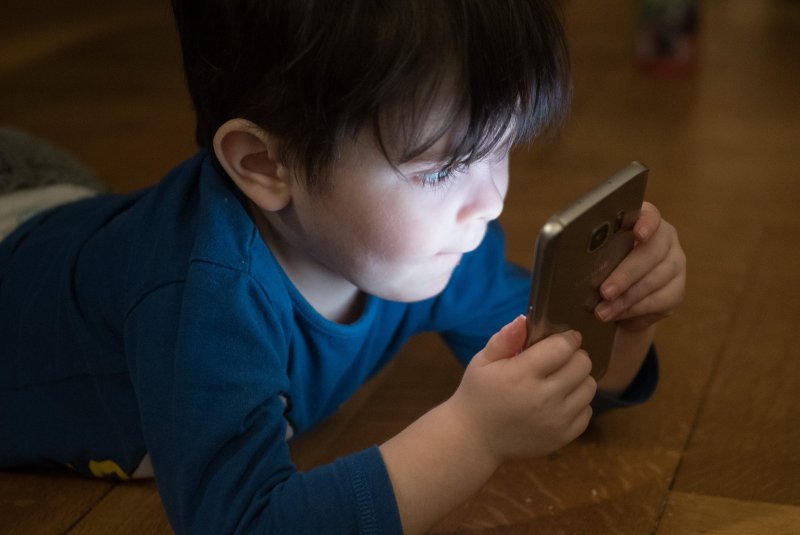Young children who use touchscreens may be more easily distracted during computer work, a new study has found. Photo by
Andi Graf/
Pixabay
Jan. 26 (UPI) -- Young children who use touchscreens extensively are more easily distracted than peers who engage less with the technology, a study published Tuesday by Scientific Reports found.
Children aged 12 months, 18 months and 42 months whose parents reported high touchscreen use at home were more quick to look at new objects in their field of vision while engaged in computer tasks than their peers who used touchscreens less or not at all, the researchers said.
Similarly, these children were less able to ignore distractions during experiments than others, according to the researchers.
"The use of smartphones and tablets by babies and toddlers has accelerated rapidly in recent years," study co-author Tim Smith said in a statement.
"The first few years of life are critical for children to learn how to control their attention and ignore distraction, early skills that are known to be important for later academic achievement," said Smith, a professor at the University of London's Birkbeck's Center for Brain and Cognitive Development.
Although studies assessing touchscreen use among toddlers vary in their results, researchers have estimated that 70% of families in the United States have children age 3 and younger active on the devices.
For this research, Smith and his colleagues assessed the effects of touchscreen use of 38 children who were recruited and evaluated at age 12 months and evaluated again at age 18 months and age 42 months.
Of the children studied, 24 were considered "high users" of touchscreen technology, meaning they were engaged with the devices for 10 or more minutes a day, the researchers said.
During each visit the children took part in computer tasks with an eye-tracker to measure their attention, according to the researchers.
Objects appeared in different screen locations, and researchers measured how quickly toddlers looked at the objects and how well they could ignore distracting objects.
"We found that infants and toddlers with high touchscreen use were faster to look at objects when they appeared and were less able to ignore distracting objects compared to the low users," Smith said.















